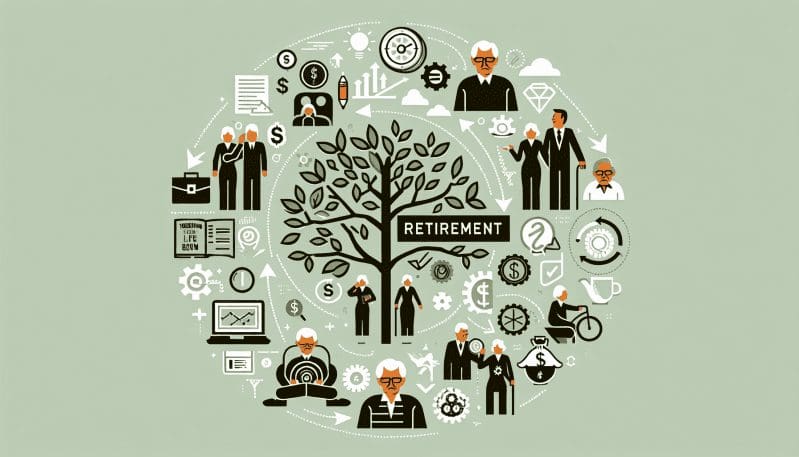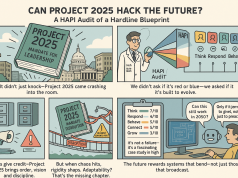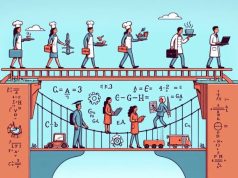As the sun rises on the horizon, casting a warm glow over the bustling city, a new day begins for the modern workforce—a workforce that is increasingly redefining the concept of retirement. Gone are the days when turning 65 meant an automatic exit from the professional stage, a gold watch, and an endless stretch of leisure time. Today’s workers face a future where the traditional concept of retirement is being reshaped and reimagined, leading to a profound transformation in the world of work, worker, and workplace.
At the heart of this evolution is a simple truth: many individuals are choosing to work beyond the conventional retirement age. This trend is driven by a tapestry of reasons, some out of financial necessity as the cost of living rises and savings for retirement come up short. Others are driven by a desire to remain active and engaged, finding fulfillment in their work that they are not yet ready to leave behind.
This shift in retirement attitudes is affecting the workforce in several ways. Employers now find themselves managing a more age-diverse team than ever before, with baby boomers working alongside Gen Zers. This presents both challenges and opportunities. The depth of experience that older workers bring to the table is invaluable, yet their needs and expectations from a job may differ significantly from those of their younger counterparts.
Employers must learn to adapt to accommodate these older workers. This means rethinking job design, offering flexible work options, and possibly providing training to help older employees upskill in an ever-changing technological landscape. It also means creating inclusive workplaces that value the contributions of employees across all age groups.
But it’s not just employers who need to adjust. Policy changes are also needed to support an aging workforce. This includes reevaluating age discrimination laws, pension systems, and the Social Security program. As people work longer, the strain on these systems grows, and solutions must be found to ensure that they remain viable for future generations.
For employees, this shift in retirement thinking means a redefinition of career planning. Workers must consider the possibility of a ‘phased retirement,’ where they might reduce hours or take on less demanding roles rather than stopping work entirely. They must also be more proactive in their financial planning, understanding that retirement savings may need to last much longer than in previous generations.
The implications of these changes are far-reaching. Not only do they affect individual workers and employers, but they also touch upon broader societal issues. As people live and work longer, the intergenerational dynamics in workplaces and communities will evolve. There’s a growing realization that retirement isn’t an endpoint but rather a new chapter that can take many different forms.
In conclusion, as attitudes and expectations about retirement change, all stakeholders—workers, employers, and policymakers—must engage in a thoughtful dialogue about how to foster a work environment that supports an evolving idea of retirement. It’s a conversation that’s crucial to the future of work, creating a model where every individual has the opportunity to contribute meaningfully throughout their lifetime. The Work Times, akin to The New York Times for the world of work, remains committed to exploring and illuminating these shifts, ensuring that our readers are at the forefront of understanding and adapting to the new realities of the workplace.




























